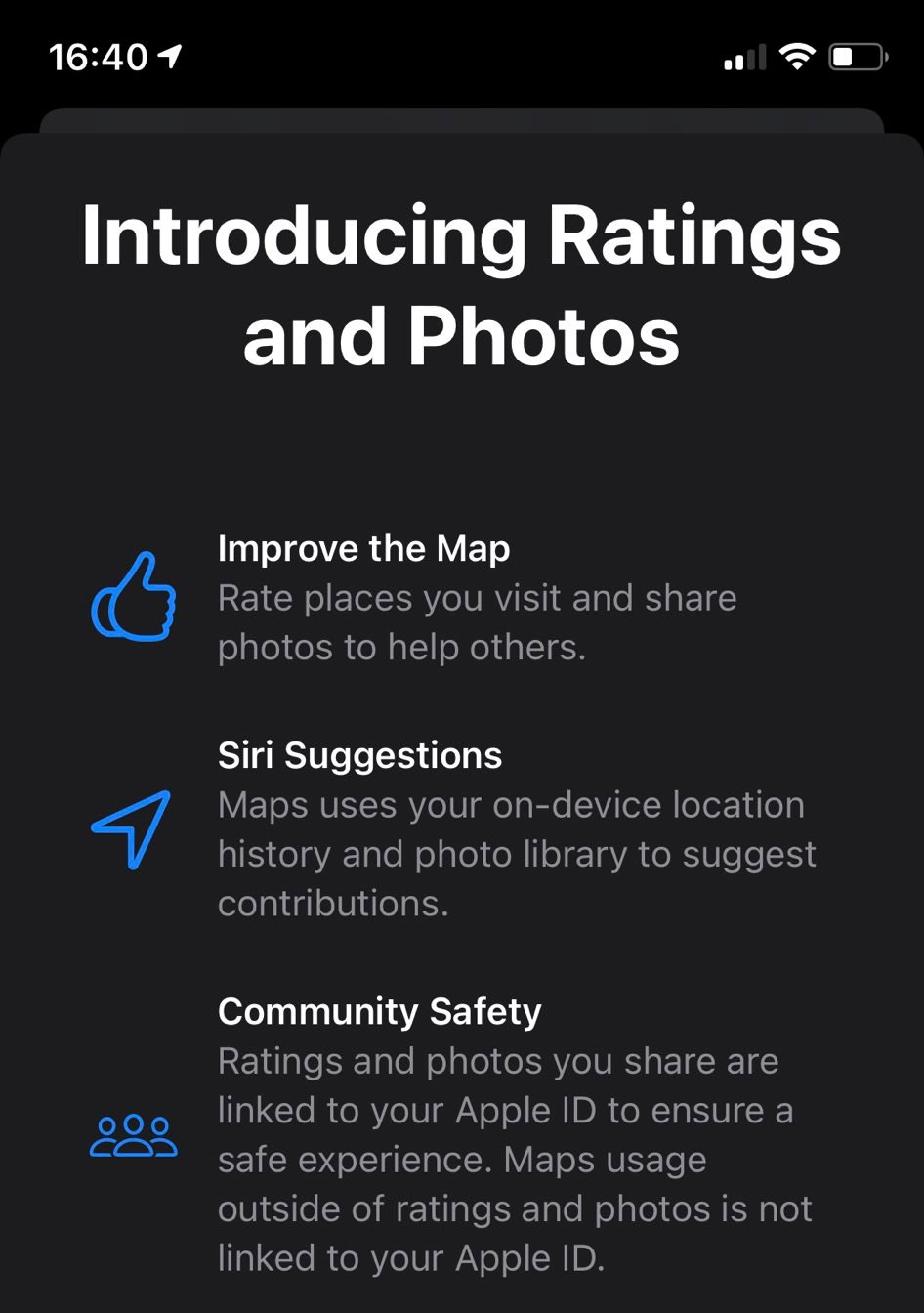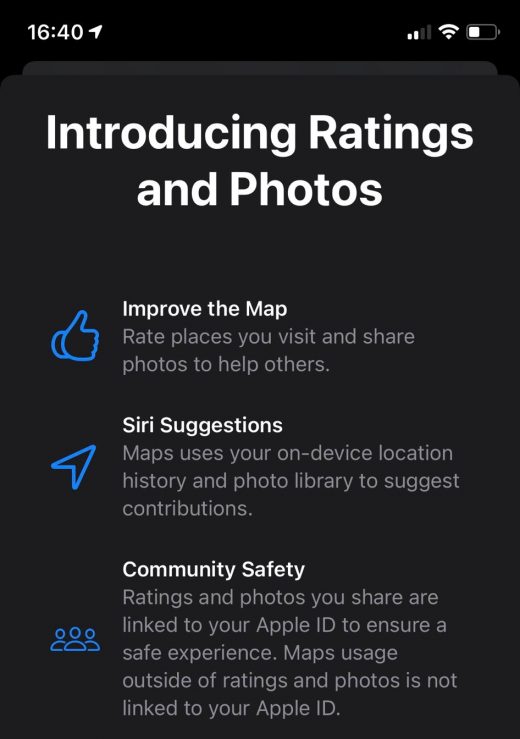Merkle: How Much Loyalty Customers Have Depends On Several Factors
Merkle: How Much Loyalty Customers Have Depends On Several Factors

Apple last week enabled a review system that lets users recommend a place with a thumbs up or a thumbs down and leave a star rating. At this early stage, the rating system is only visible for a small percentage of all locations on the map.
Recommendations typically come from loyal consumers willing to take the time to share their point of view.
For Apple, a review and a recommendations feature would tie into the long-time assumption that one day the company would release its own search engine.
The review and recommendations feature, along with the traditional search engine, would certainly create additional loyalty to Apple.
Merkle on Wednesday released a special edition of its annual Loyalty Barometer Report, which reveals the importance of loyalty as businesses re-emerge from the COVID-19 pandemic.
For every annual update, Merkle surveys more than 1,500 consumers sourced outside of the programs the agency manages for clients. Responses come from U.S. residents between the ages of 18 and 65. The data is segmented from baby boomers, Gen X, Millennial, and Gen Y.
While Baby Boomers are most interested in writing online reviews, taking surveys or attending an event, they are less likely to engage in social media or download an app.
Millennials and Gen Z, on the other hand, enjoy competition and achievement. Some 35% want badges as a feature and 27% want leaderboards as a feature. Gen Z prefers community-focused program aspects, and 22% want access to a community of like-minded people while 19% would like to compete against other members.
Emotions play a significant role in consumer-to-brand relationships. For example, the relationship can have positive outcomes such as the creation of dependency and reliance, but a poor experience could also hurt a customer’s feelings or lead to dissatisfaction with the program and the brand.
Driving loyalty requires being creative. While discounts, free samples, and offers continue to be the main drivers of loyalty program participation, consumer perspectives on preferred ways to earn them have shifted as a direct result of COVID-19.
Earning points remains No. 1 when it comes to gaining rewards. Consumers have increased their desire for savings such as earn a $10 reward when spending $100. They want to gain a new reward weekly. Earning points for purchases dropped in importance, but surprise rewards remain the same.
The top cause of dissatisfaction with loyalty programs is the time it takes to earn a reward.
Some 35% of consumers would like to be able to unlock additional features or utilize tools to find the right product, while 85% of consumers would like to be able to select the benefits and rewards they receive and 59% of consumers indicate that the most important way a brand can interact with them is through surprise offers and gifts.
(27)


